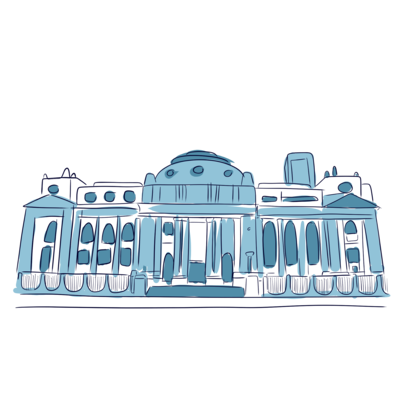
1. National Library of Chile
The building in front of you is so elegant that it could be mistaken for the Fine Arts Museum, but it’s actually the National Library of Chile, one of the first institutions Read more
Tour
8 km
3h15
26 audios
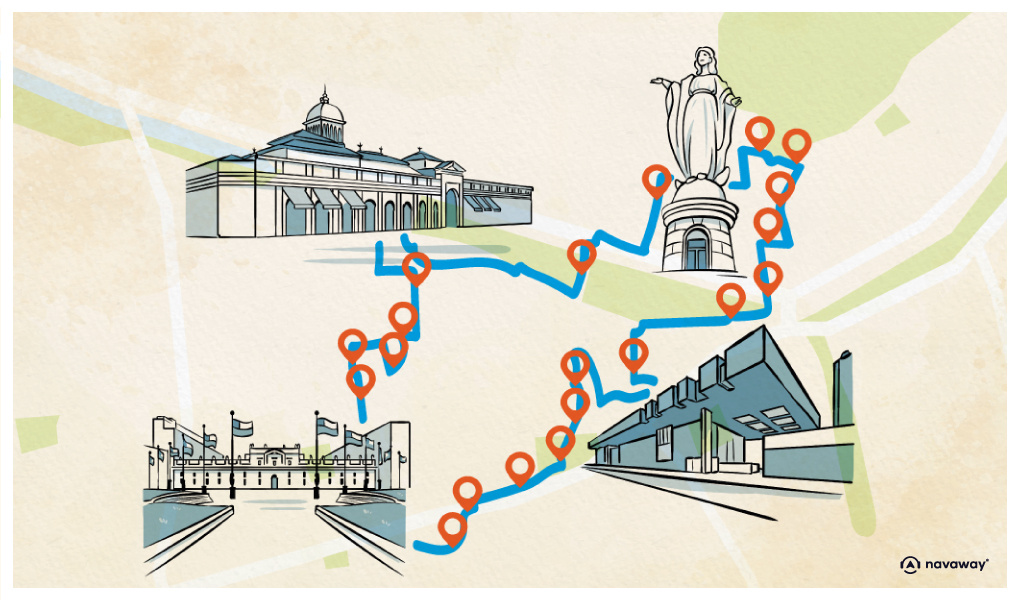
Text version
Tucked in a valley beneath the snow-capped peaks of the Andes, Santiago might seem peaceful at first glance—but don’t be fooled. This is a lively, buzzing capital, full of culture and historic monuments that trace Chile’s history. Founded in 1541 by Pedro de Valdivia, today it’s a modern city where nearly a third of all Chileans live. Wander through its neighbourhoods, and you’ll discover historic streets, artsy corners, financial hubs, and bohemian hangouts—all blending together to form one of South America’s most welcoming capitals. On this tour, we’ll take you to Santiago’s essential sights, so that you can get a feel for the city that truly has it all. Whether you’re into art museums, street art, centuries-old cathedrals, air-conditioned malls, gourmet cuisine or street food, Santiago’s got you covered. Take your time, soak it all in, and enjoy the rhythm of this city of contrasts—set between the world’s widest ocean, its driest desert, and the towering Andes—before heading off to explore more of the world’s skinniest country.

The building in front of you is so elegant that it could be mistaken for the Fine Arts Museum, but it’s actually the National Library of Chile, one of the first institutions Read more
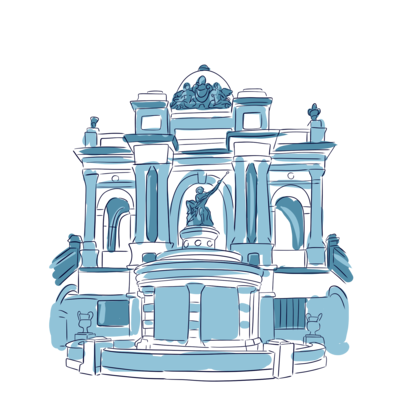
You’re now standing on the Neptune Terrace, in front of the stunning fountain that shares its name. This grand tribute to the Roman god of the sea was built between 1897 and 1903 as the dramatic entrance to Santa Lucía Hill. At the time, Santiago was in the middle of a major beautification effort, and the city’s mayor, Benjamín Vicuña, Read more
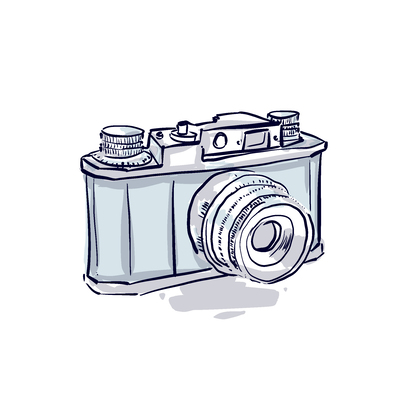
Climbing to the top of Cerro Santa Lucía might leave you a little breathless, but it’s worth every step. You’re now standing on Pedro de Valdivia Square, named after the Spanish conquistador who defeated the local Indigenous forces and founded Santiago. Back then, the hill was called Huelén, which means “curse” in the Mapuche Read more
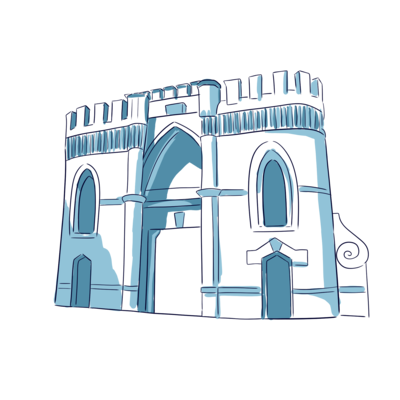
During the Reconquest—the Spanish Empire’s last attempt to maintain control over Chile—Cerro Santa Lucía was transformed into a royalist stronghold. You’ve probably already noticed the old cannons and fortified gates, and now you’re standing in front of the Castillo Hidalgo. This small castle at the top of the hill was built in 1816 on the Read more
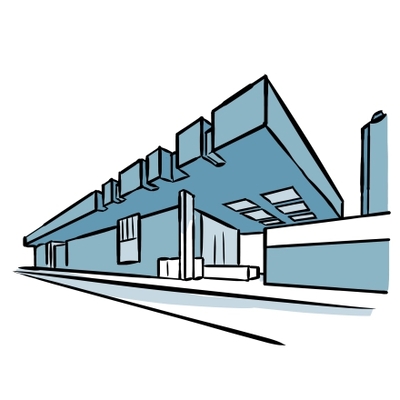
We’re now at a very special place in Santiago—the Gabriela Mistral Cultural Center, better known as the GAM. It’s one of the city’s most dynamic cultural spaces, hosting everything from theater and dance to visual art, music, and public debates. The center opened in 2010, but the building itself has a much longer story. It was Read more
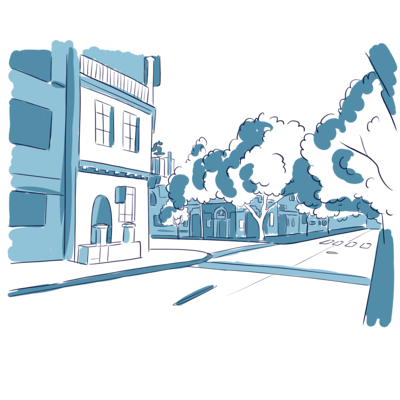
You’re now in the heart of the Lastarria district, Santiago’s artistic and creative hub. Within just 2 or 3 streets, you’ve got everything for a perfect day out—an artisanal market, second-hand book stalls, the Gabriela Mistral Cultural Center, several museums, an indie cinema, charming hotels, and a wide range of bars and restaurants. Read more
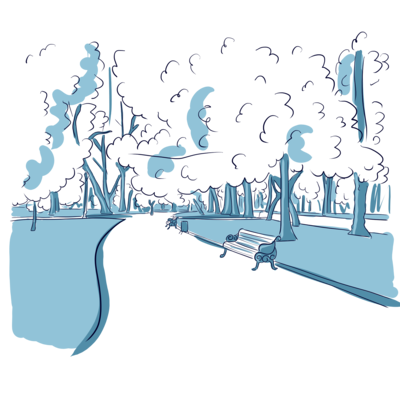
You’re now in Santiago’s beautiful Parque Forestal, one of the city’s favourite green spaces. This park was created in the 19th century on land reclaimed after the Mapocho River was channelled, which still runs alongside the park today. Locals love it for lunch breaks, weekend strolls, or simply lying on the grass and soaking up the sun. Read more
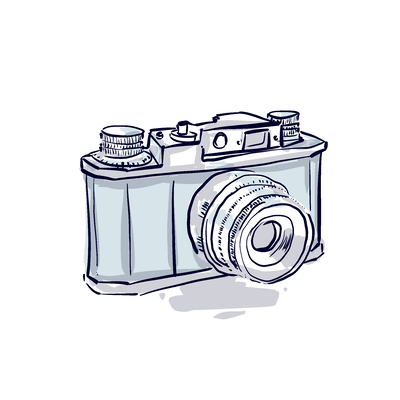
The Pio Nono Bridge takes you across the Mapocho River and into the vibrant Bellavista neighborhood. Behind you is Baquedano Square—though most locals still call it by its old name, Plaza Italia. It’s more than just a traffic hub; it’s widely seen as the symbolic dividing line between Santiago’s wealthier neighbourhoods and its working- Read more

Welcome to the bohemian neighbourhood of Bellavista. You’ve just passed through Patio Bellavista, a buzzing area packed with shops, restaurants, and energy, and now you’re strolling down Constitución Street, lined with colourful houses, open-air terraces, and a laid-back vibe. During colonial times, the area north of the Read more
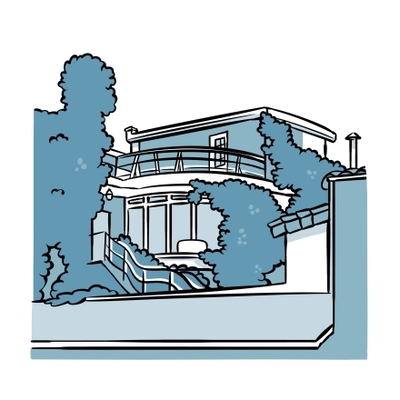
You’re now at La Chascona, Pablo Neruda’s third house—and the only one he owned in Santiago. “Chascona” means “woman with messy hair,” a playful nod to the curly red locks of Matilde Urrutia, Neruda’s third wife and lifelong muse. The couple met nearby in Parque Forestal and eventually settled here, in this quirky blue Read more
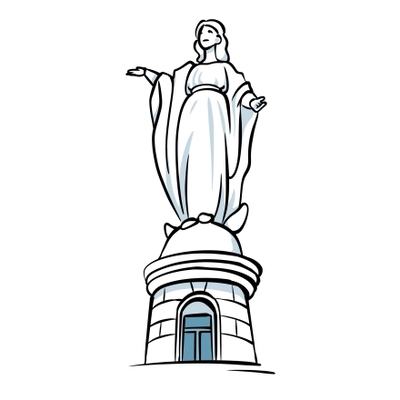
You’re now at the foot of the famous Cerro San Cristóbal, one of Santiago’s most iconic landmarks. Rising 860 meters above sea level, this scenic hill offers sweeping views of the city and the Andes Mountains beyond. It’s a perfect spot to take in Santiago’s landscape. If you’re not quite ready to climb it now, no worries—you can always come Read more
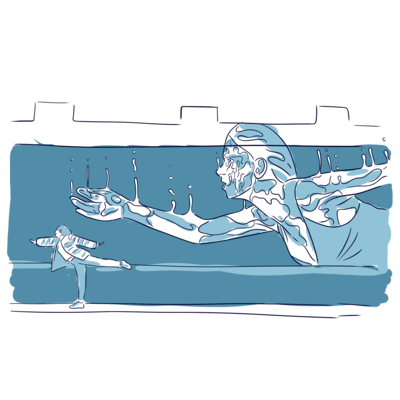
You’ve probably noticed that Bellavista’s streets are covered in colourful, creative, and politically motivated street art. While Valparaíso tends to get most of the attention for its poetic and vivid murals, Santiago holds its own with pride. Street art first emerged here during the Pinochet dictatorship as an act of resistance, a quiet but powerful Read more

Welcome to the Museum of Fine Arts. This grand neoclassical palace, inspired by the Petit Palais in Paris, was designed by Franco-Chilean architect Emilio Jéquier and inaugurated in 1910 to mark the centennial of the Republic. It was built to give a proper home to the Museum of Fine Arts, which had been founded in 1880 but was Read more

You’re now just a short walk away from Santiago’s main market, the perfect place to be if you’re feeling the slightest bit hungry. Stepping into the Mercado Central is a full-on sensory experience—the colours, smells, sounds, and constant buzz of activity have filled this iconic space since it opened in 1872. If you’re a seafood lover, you’re Read more
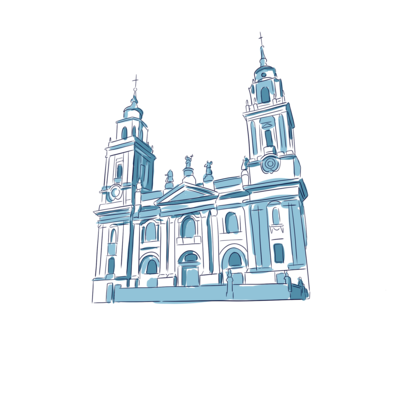
On your right stands the Church of Santo Domingo, founded by the Dominican Order—the third religious order to arrive in Chile after the Order of Mercy and the Franciscans. Building a church in Chile is one thing, but getting it to survive the country’s relentless earthquakes is something else. The first chapel was built back in Read more
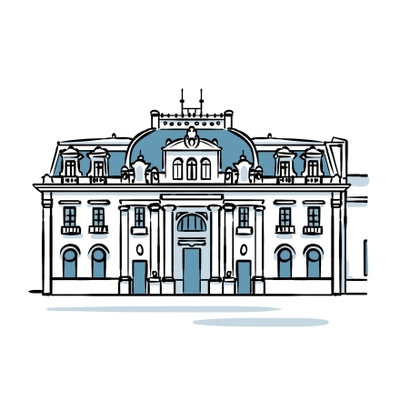
This northern side of the Plaza de Armas once belonged to Pedro de Valdivia, whose equestrian statue stands behind you. After his death, the land was divided into three sections, and several key institutions were built here. The elegant sand-colored building in front of you is now home to Chile’s National History Museum, but it Read more
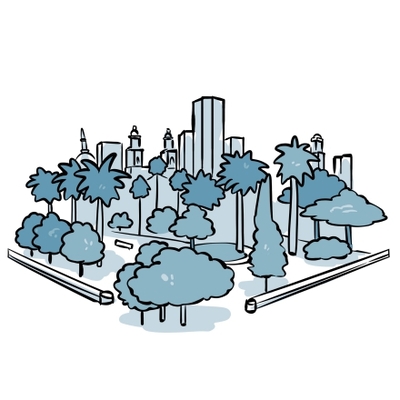
Welcome to Santiago’s Plaza de Armas. Like many major cities in South America, Santiago has its own “Plaza de Armas” right at the heart of the old town. These squares were laid out by the Spanish conquistadors to concentrate all the key powers of the time in one place. You’ll usually find the cathedral and the cabildo—the old Read more
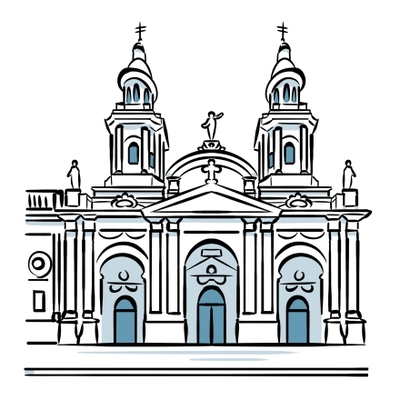
On the corner of Plaza de Armas stands the Metropolitan Cathedral, the seat of the Archdiocese of Santiago. Building it was no easy feat. This stunning church is actually the fifth version to stand on this site, with the earlier ones all falling victim to fires or earthquakes. The Spanish settlers hadn’t grasped how frequently the country is hit by Read more
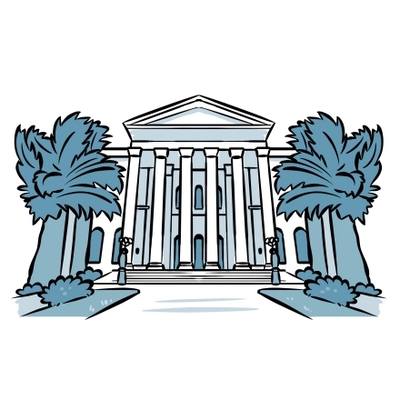
You’re now standing between two of Santiago’s most important landmarks: the former National Congress and the Palace of Justice. On your right is the old National Congress building, standing behind iron gates and lush gardens. It was founded in 1811, during Chile’s fight for independence. Back in the 16th century, this land belonged Read more
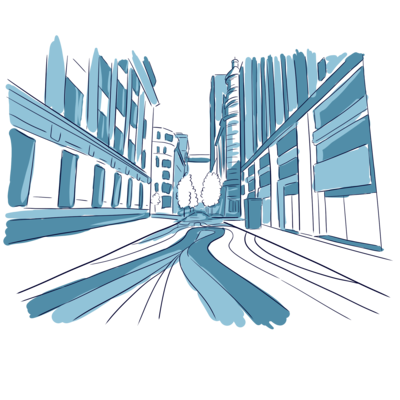
You’re stepping into a Technicolor dreamscape, an initiative of the Paseo Bandera project. What used to be a regular street filled with cars and people has been reimagined as a massive open-air artwork by Chilean street artist Dasic Fernández. Growing up in 1990s Chile, Fernández was surrounded by street culture. Today, his bold and Read more
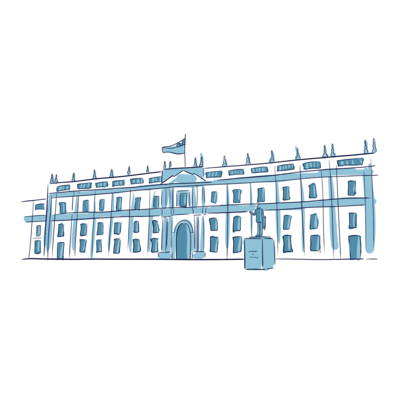
Welcome to Plaza de la Constitución, the heart of Santiago’s civic district, surrounded by numerous government buildings. In front of you stands the grand Palacio de La Moneda, flanked by the Ministry of Finance, the Ministry of Foreign Affairs, the Ministry of Justice, the Central Bank of Chile, and what was once the Intendencia of Read more
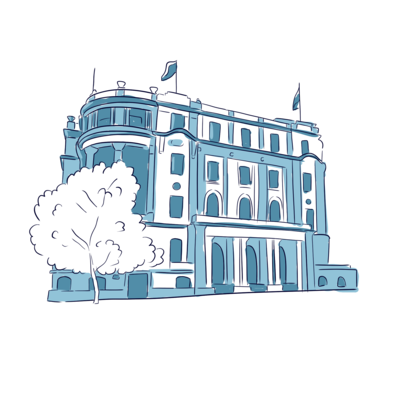
The elegant, stately building in front of you is the Club de la Unión, founded in 1864 as an exclusive meeting place for Chile’s aristocracy. Since colonial times, the country’s elites had a tradition of gathering to debate, socialise, and exchange ideas. This club quickly became the top spot for political and social life after independence. Read more
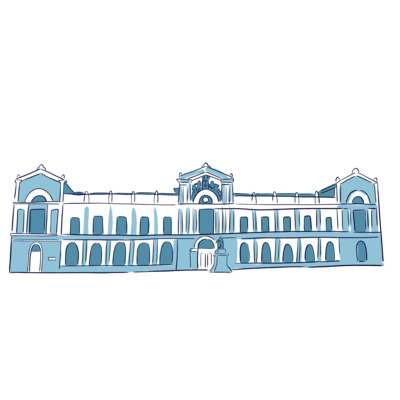
The yellow building you see here is the University of Chile, fondly known as “La U.” Founded by the Chilean state on September 17, 1842, it was the first university established in the new Republic and is considered the country’s most prestigious academic institution. When it was created, “La U” replaced the Real Universidad de San Read more
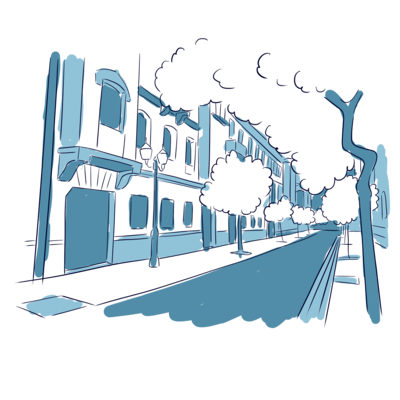
Time for a quick detour to Europe, as we wander through the charming streets of Paris and London, pronounced “París” and “Londres” in Spanish. This land originally belonged to the Franciscan friars of San Francisco Church, but in the early 20th century, the Church began selling off parts of its property after facing financial troubles. Read more

Welcome to the San Francisco Church and Convent—one of Santiago’s most important historical landmarks and the oldest colonial building still standing in the city. It was founded in 1622 by the Franciscan friars, to whom it owes its name and long legacy. Take a moment to look at the thick stone walls, that have stood firm through Read more
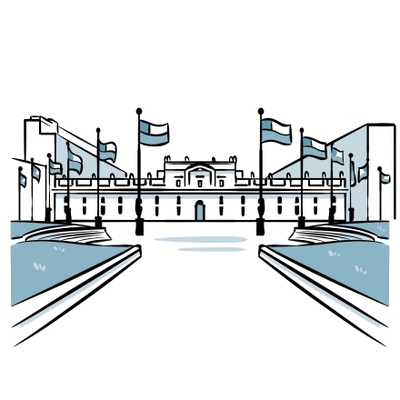
You’re now standing on the other side of the grand Palacio de La Moneda, the official residence of Chile’s president. It’s called the Palace of the Mint because it started out as the country’s coin mint in 1814, and held this role until 1922, even though the presidential offices had already moved in by 1846. The palace was designed in an Read more
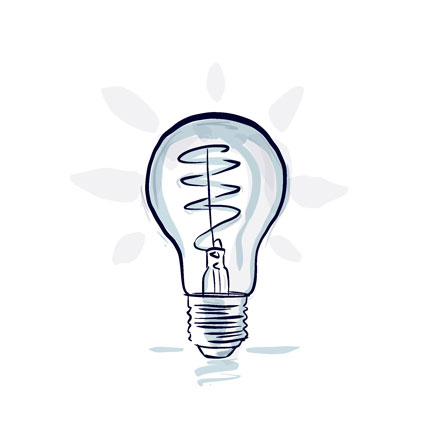
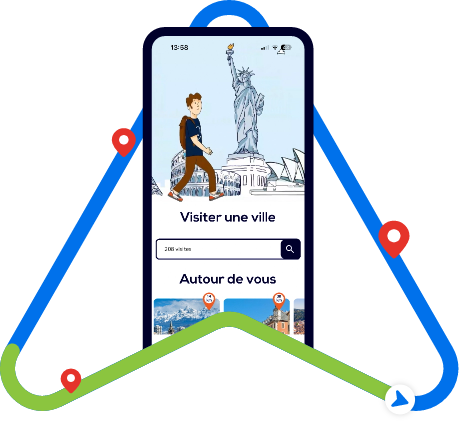
Discover Santiago with app
An interactive guide through the most beautiful streets, squares, and districts
26 fun audioguides full of historical facts, anecdotes, and legends
Cajon del Maipo and Embalse El Yeso: an escape to the Andes with a picnic
Chances are, your trip to Chile will start in Santiago. But more than just a stopover, the Chilean capital has plenty to offer — sights to see, flavors to taste, and experiences to remember. Here’s a short (and by no means exhaustive) list to help guide you through the city and its surroundings.
Like any self-respecting capital, Santiago boasts a vibrant cultural scene and a wide variety of museums:
– The Chilean Museum of Pre-Columbian Art, where you can awaken your inner explorer and discover the treasures of pre-Columbian civilizations across the continent. Fascinating.
– The Museum of Visual Arts, perfect for wandering among contemporary Chilean works that spark joy and creativity.
– The Museum of Fine Arts, a must-see classic — and one of the oldest museums in Latin America.
– The Museum of American Folk Art, sure to make you want to travel the entire continent and marvel at the richness of its many cultures.
– The Mirador Interactive Museum, where you can play junior scientist in the largest and most modern science and culture center in Chile.
– The Museum of Memory and Human Rights, a powerful place to remember the victims of the Chilean dictatorship and to better understand the country’s complex political history.
Seeing a football match in Latin America is a one-of-a-kind experience. The local passion is intense — more than you can imagine. If you only catch one game, make it the legendary Superclásico, where Universidad de Chile faces off against Colo Colo! Alternatively, you can take a guided tour of the Estadio Monumental, a temple of South American football. Famous both for its electrifying match-day atmosphere and the historic moments it’s witnessed, it’s a must for any football fan.
This iconic bar is a true Santiago institution. It’s a chingana, a term derived from the slang verb chingar, meaning to drink a lot. It’s a lively, festive, noisy place where you’ll get a true taste of local culture. The bar’s signature cocktail is the Terremoto — “earthquake” — well known throughout Chile. The name comes from how you might feel after drinking one! Don’t worry though, it’s all part of the fun. The drink is a mix of Pipeño (a cheap white wine), Fernet or Pisco, pineapple ice cream, and grenadine syrup.
If you’re in Chile between June and September, why not go skiing in the Southern Hemisphere? Hitting the slopes in the middle of July is a unique opportunity for snow lovers. Here are some of the best nearby ski resorts:
– Valle Nevado
– Portillo
– El Colorado and Farellones
– La Parva
Wine lovers know that Chile, along with Argentina and Uruguay, is a little paradise for tasting some of the finest vintages in the Southern Cone. From Santiago, the most popular wine route leads to the Maipo Valley, especially renowned for its Cabernet Sauvignon. One of the most famous wineries in the country, Concha y Toro, Chile’s top wine exporter, is located there. You can join a tour from Santiago or rent a car and explore at your own pace.
If there’s one name that makes travelers dream in Chile, it’s Valparaíso. Poets, colorful houses, old funiculars, the sea breeze, and the laid-back life of the wild coast — the city is pure poetry. Visiting Valparaíso means stepping into a bubble of creativity, from vibrant street art to a unique art of living. It’s the kind of place that leaves an unforgettable mark.
Santiago is surrounded by stunning mountains, making it a perfect playground for nature lovers. Hiking, rafting, rock climbing, mountain biking — take your pick!
Santiago is bursting with unique experiences. Discover our ideas for a memorable getaway!
200 audioguided tours for cities all around the world
DownloadOur rating
Budget
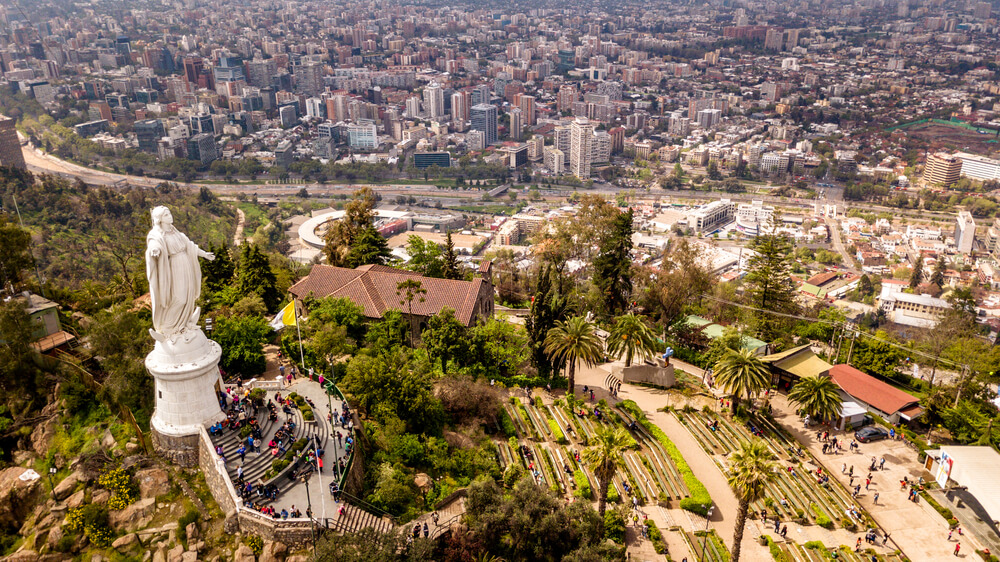
Before diving into museums, cultural sites, or a few hours of shopping, why not start with a breath of fresh air?
We suggest heading to the Bellavista district, towards what’s known as “Cerro San Cristóbal.” Often described as the green lung of the city, this 880-meter hill stretches across nearly 722 hectares and offers a…
Read more
Our rating
Budget
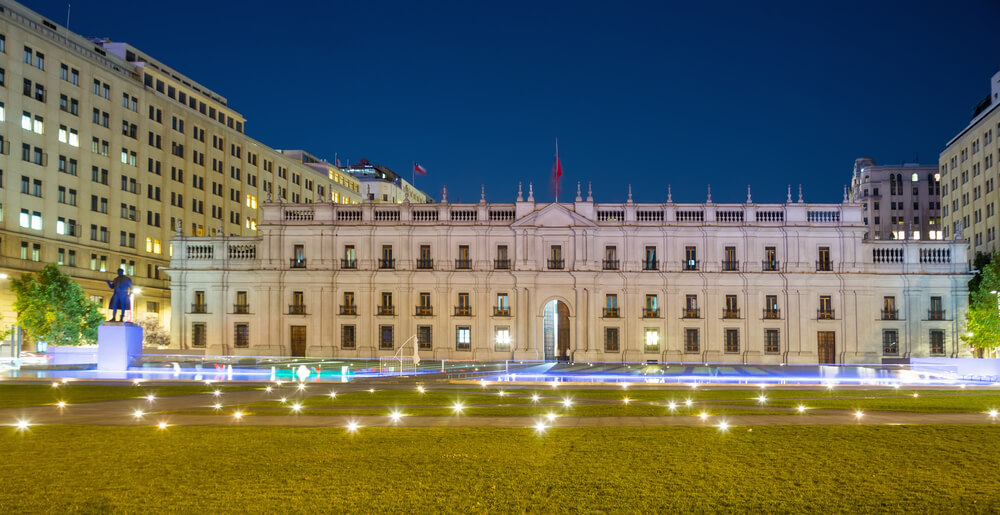
See Our Full Review
Our rating
Budget
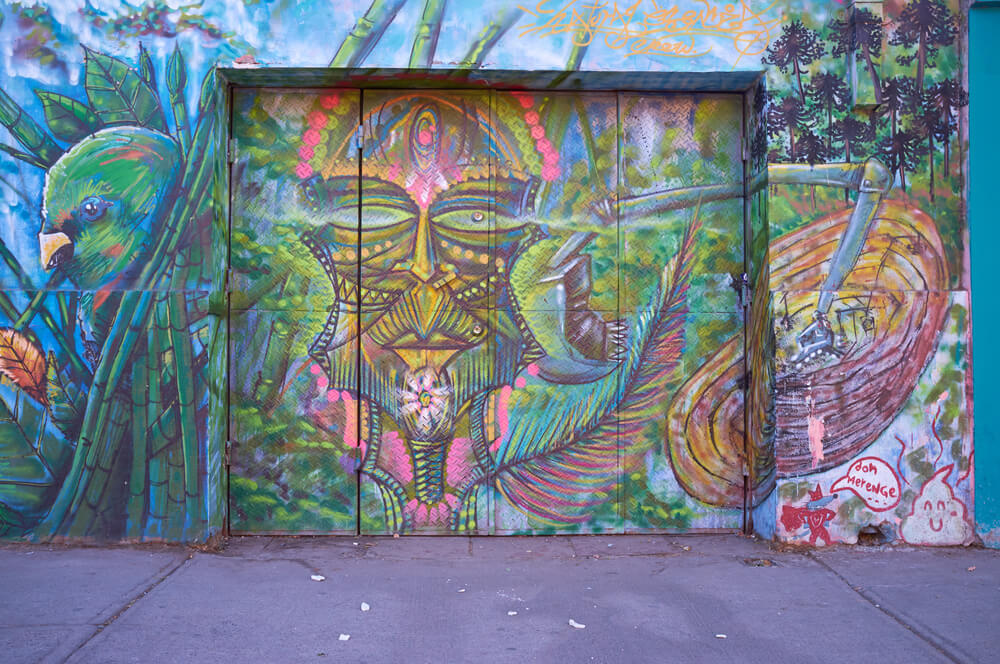
See Our Full Review
Our rating
Budget
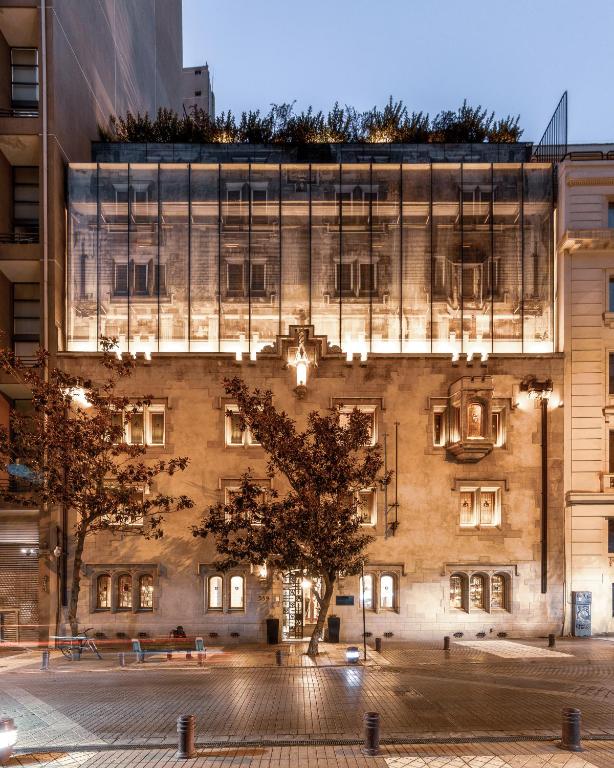
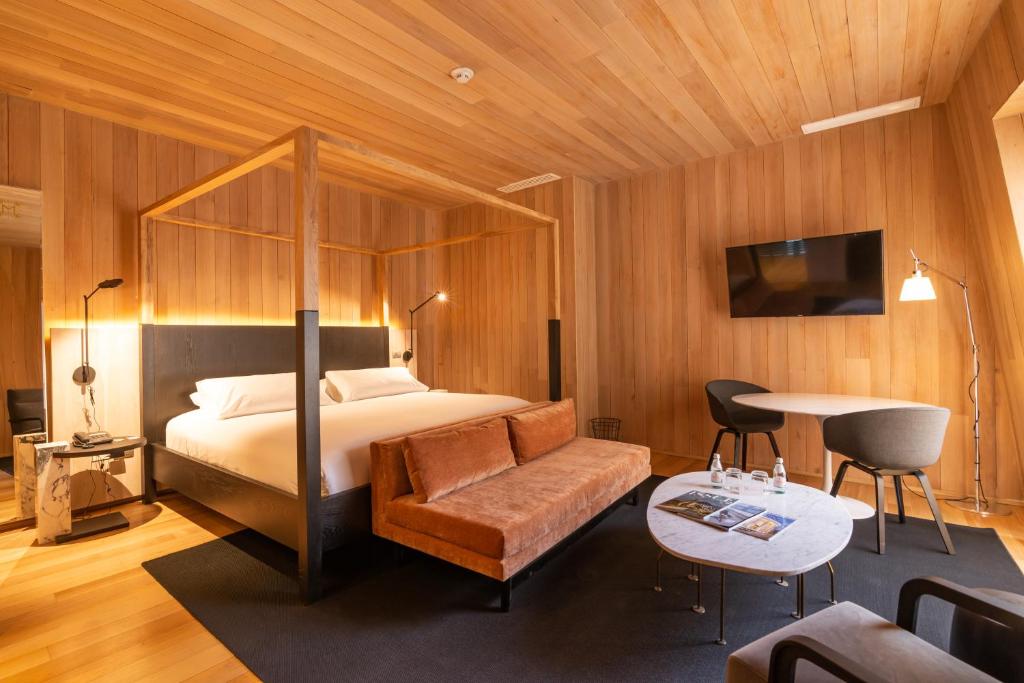
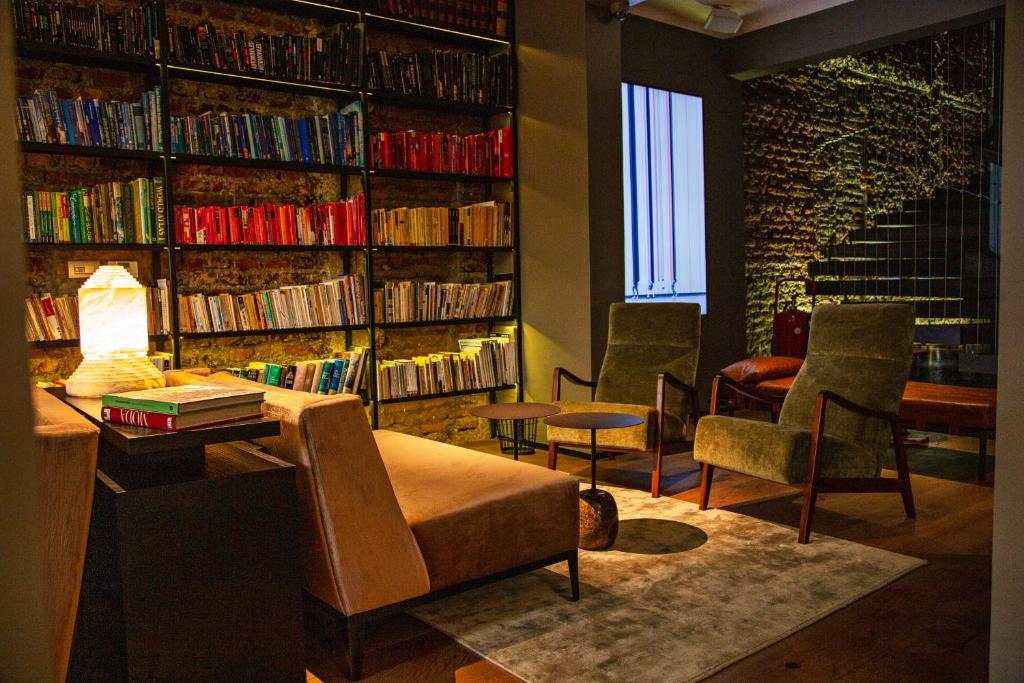
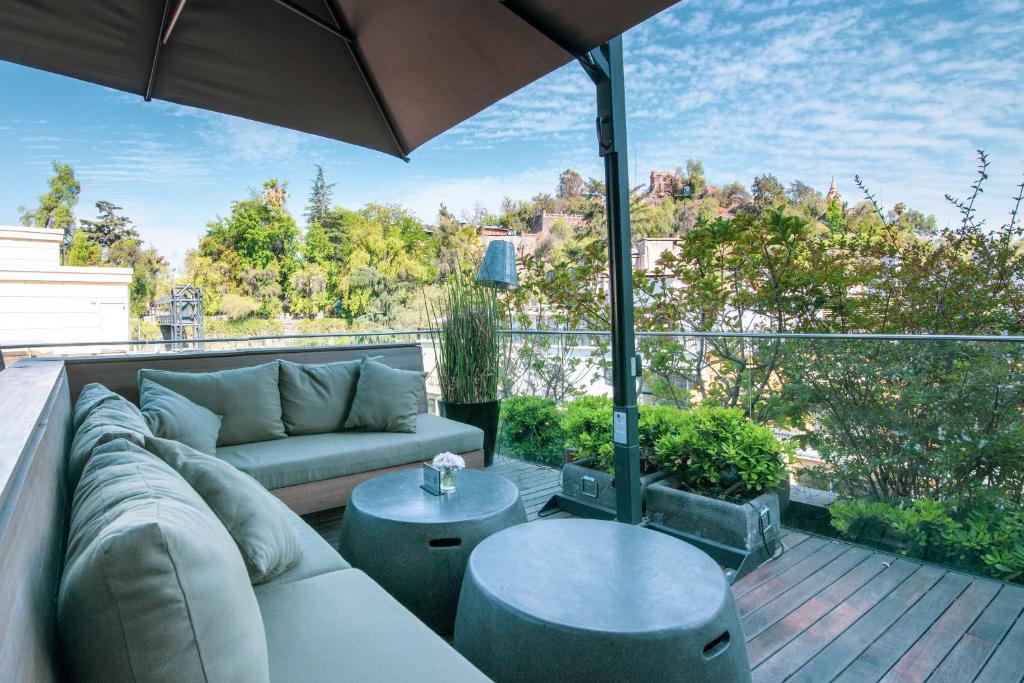
There’s so much to say about Magnolia Santiago! This little gem tucked away in the heart of the city features a…
Read more
Highlights
Free parking
Free high-speed internet
Kid-friendly activities
Snack bar
Airport shuttle
In-room breakfast
Restaurant / Bar / Lounge / Rooftop bar
Things to Consider
Kid-friendly activities can sometimes make the place noisy
Location: Paseo Huerfanos 539, Santiago City Center, 8320150, Santiago, Chile
Our rating
Budget

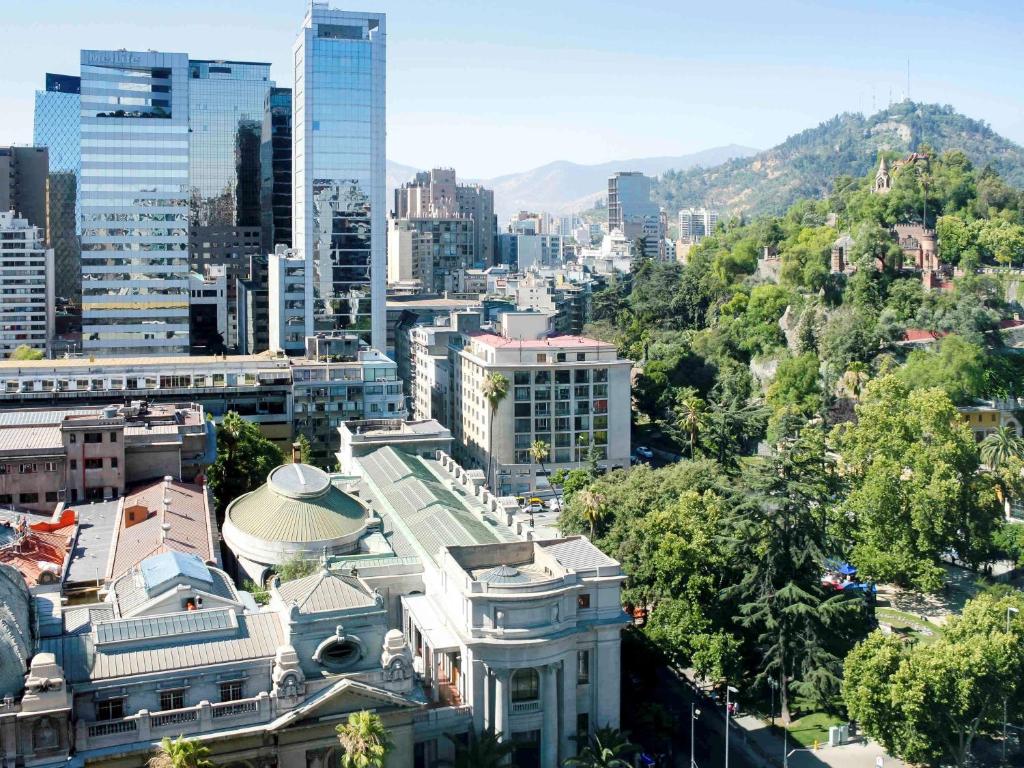
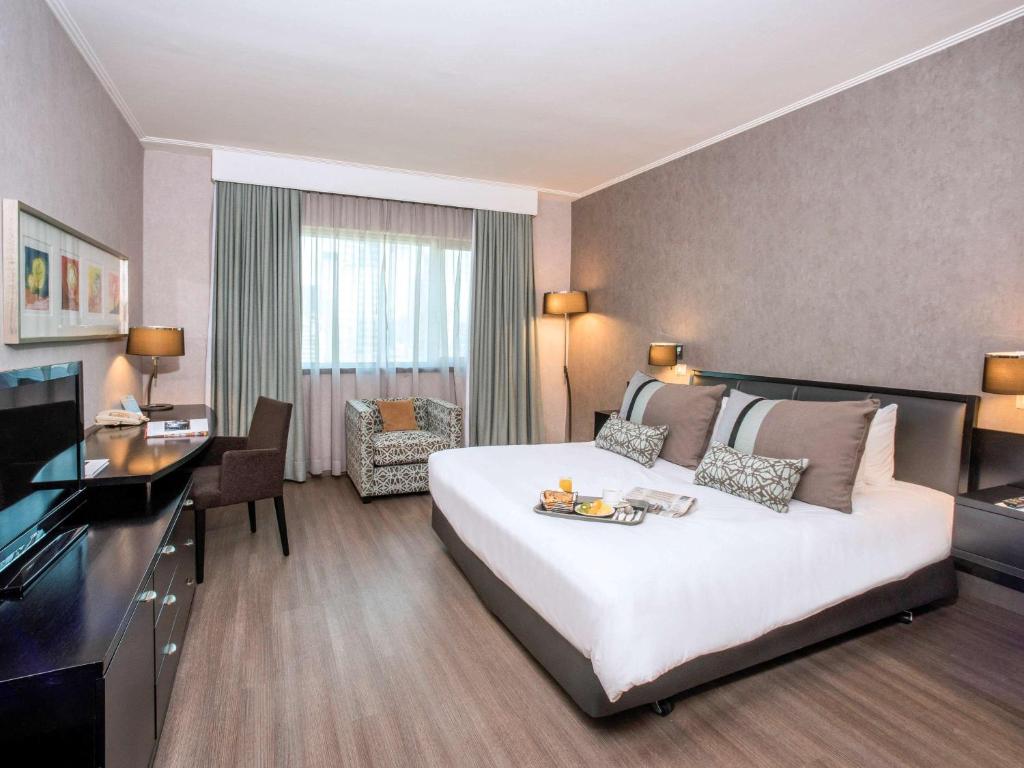

See Our Full Review
Our rating
Budget
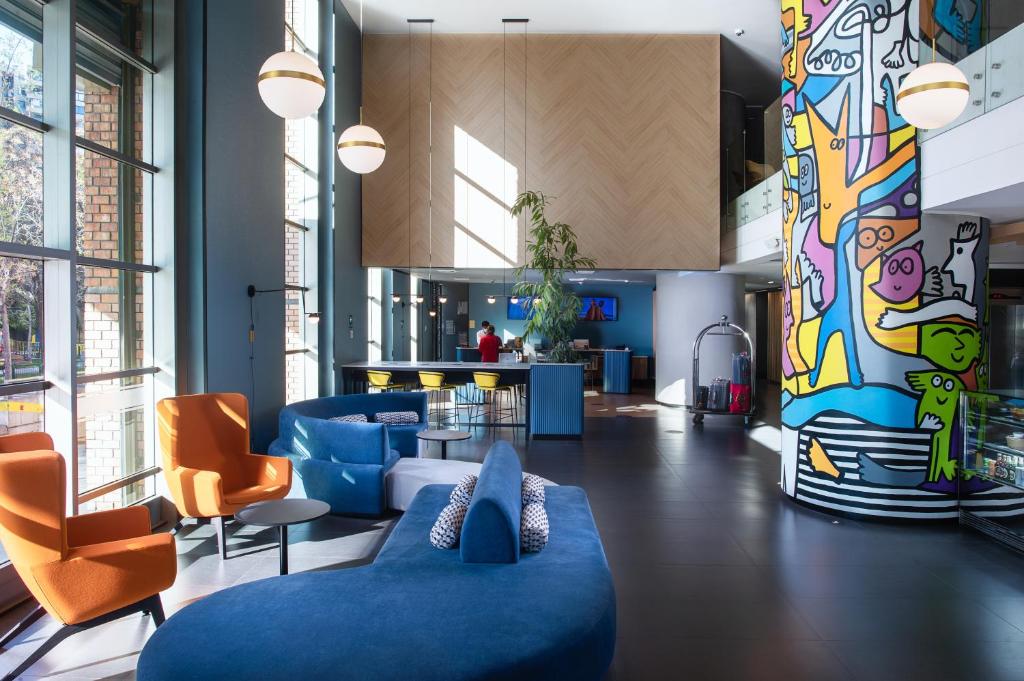

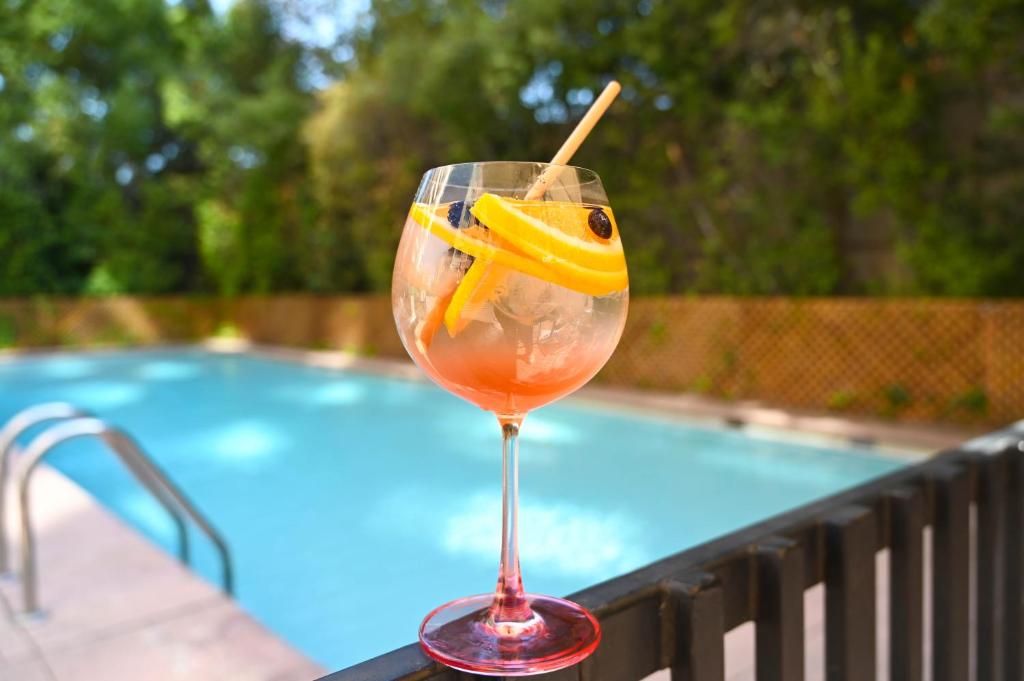
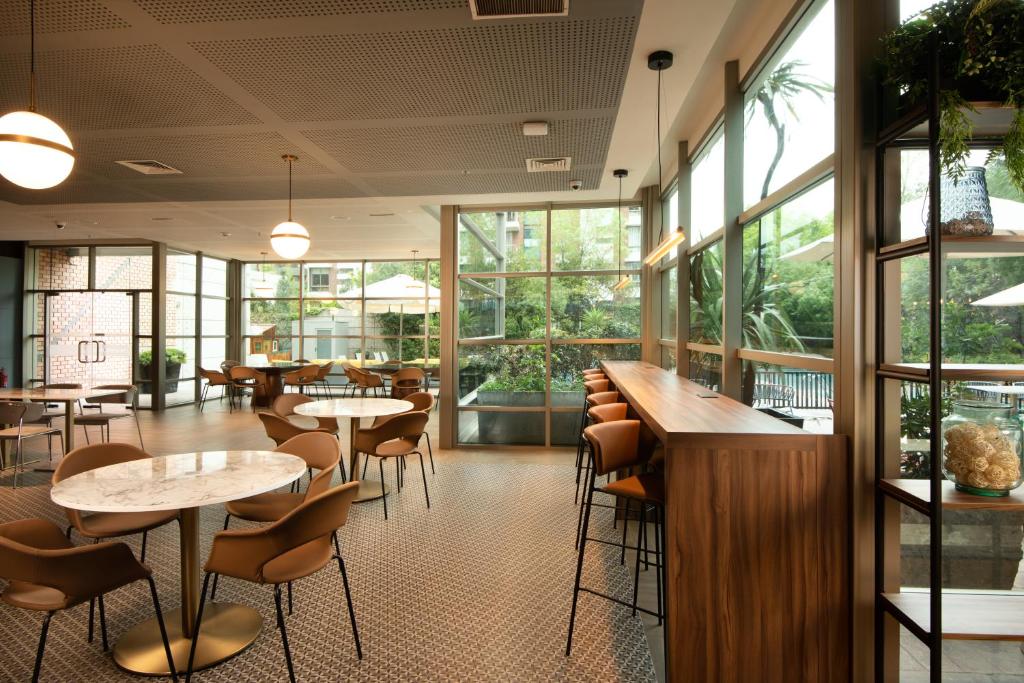
See Our Full Review
Comments